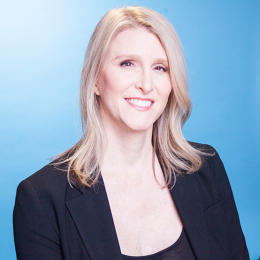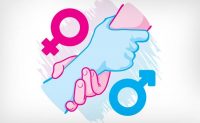Tinder Reengineers Its Gender Field, With Help From The Trans Community
Sean Rad knew Tinder had a problem when the bogus abuse reports started piling up. The wildly popular dating app has long allowed users to file reports against people who harass them or otherwise violate the app’s community guidelines. But as the company’s 30-year-old CEO would soon learn, some of those reports were coming in for one troubling reason: Transphobia.
For transgender users, online dating can be a challenging, sometimes even dangerous experience. Not only can confusion and discomfort quickly lead to nasty language directed at trans and nonconforming users, but in Tinder’s case, the lack of understanding (not to mention outright bigotry) around transgender issues led some users to file reports to Tinder upon learning that the gender identity of a user they had been matched with was not as clear-cut as they expected it to be.

“When I first heard about this, the reaction was: This is terrible,” says Rad. “This is absolutely unacceptable and we’re going to immediately ban these users and do something about this.” But as product, engineering, and research teams at Tinder looked more closely at the problems faced by trans people using the app, they realized that brute force alone wouldn’t solve it. They needed to craft a solution that not only made the transgender community feel more welcome, but that could also help inform the app’s tens of millions of other users about gender fluidity and transgender rights.
Today, Tinder users get a glimpse at the company’s first crack at this problem. The latest update to the app will feature a new, open-ended “gender” field on people’s profiles. When identifying their gender, Tinder users can select from a long list of common non-binary gender identification terms or simply enter their own. Users will be able to determine whether or not to display their gender on their profiles or keep it private (and presumably, quietly help Tinder’s algorithms make more informed matches between people). The app will also include language aimed at educating users who may be unfamiliar with transgender issues and encouraging civil, respectful conduct between users.
“Any platform of our size has a responsibility to help their users outside of just their core corporate vision, but also identify other areas socially that we can impact users,” says Rad.

The update could hardly be more timely. The feature, which Tinder began developing seven months ago, arrives just one week after the surprise election of real estate mogul Donald Trump to the U.S. presidency. And although Trump has said he is “fine” with same sex marriage, his election has generated anxiety and protests among the broader LGBTQ community, as his early staff appointments have leaned heavily to the right and Vice President-elect Mike Pence has already promised to repeal protections for transgender rights enacted by President Obama.
“In this post-election environment, I think that companies making a strong statement of acceptance of LGBTQ people is going to be even more important,” says Nick Adams, who heads up transgender media outreach at GLAAD, which worked closely with Tinder on developing its new approach to gender identity. “Two weeks ago, I felt it was an important step forward and a strong message for a company like Tinder to send. And I feel like it’s an even more important, stronger message now.”
How Tinder Designed Its New “Gender” Field
The idea to transform Tinder’s approach to displaying gender came out of a hackathon held at the company earlier this year. It was there that a group of engineers and community managers highlighted the fact that transgender users were being harassed and kicked off of Tinder and began to work through ways that this trend could be reversed.
“As we peeled back the orange, we realized that this is a more complex issue than we had thought and that we really need to invest a lot of time in order to get this right,” says Rad.
To do that, Tinder enlisted the help of groups like GLAAD and trans rights activists, inviting them into the product development process and getting their input on the best language and user experience elements to use. They also conducted focus groups with transgender users to learn more about their experience using the app and find ways to make it more pleasant and productive, tweaking the language and overall experience of each iteration based on their feedback.
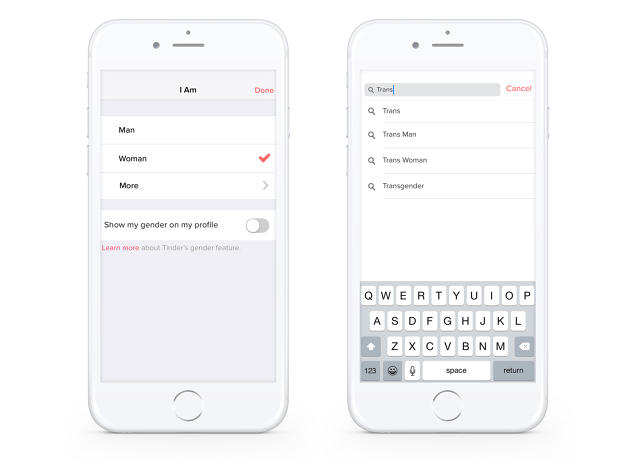
“We understand how complex gender identity is and how personal it is,” says Jessica Carbino, Tinder’s on-staff sociologist, who oversaw much of the research that went into developing the new feature. “So we wanted to do this from an approach that was very inclusive.”
For Carbino, a heterosexual woman who admits she hasn’t dealt with the type of discrimination and potential dangers faced by transgender daters, this process required stepping out of her own shoes and collecting data on the experiences and viewpoints of people who lead very different lives than those of most Tinder employees.
“I learned from a lot of users that people didn’t understand how they identified,” Carbino says, adding that many users found they had to explain and educate other users about their identity. “This is a step that shouldn’t have to be taken by the user.”
“Tinder is so easy and simple to use that it’s an interesting programmatic challenge to address such a complex thing as gender identity and expression,” says Andrea James, a film producer and longtime transgender activist. “They had a real challenge to keep that user interface that’s so clean and simple and still figure out a way to address this.”
Making Internet Dating Great Again
It’s no secret that the explosion of dating apps can have unsavory side effects for some users. Forty-two percent of women who use online dating services say they have been harassed or otherwise made to feel uncomfortable while using dating apps, according to a 2013 Pew survey. For trans women in particular, things can get especially nasty.
But while one solution to the problem might be to launch yet another dating app, there’s something uniquely meaningful about an established platform with tens of millions of users working this type of language and functionality into its service.

“It’s probably the most exciting thing that I’ve done in my activism. Most of what I’ve done is directly for trans people, specifically within our community,” says James. “That’s a lot of people. 1.4 million American adults. But there’s 50 million Tinder users, so this is going to have a profound effect on the conversation.”
Indeed, that’s very much part of the impetus behind this feature; It’s not just about sending a welcoming message to transgender users, but also about exposing millions of other people to the importance of respecting others—and, if need be, penalizing those who don’t behave respectfully. It’s potentially a win-win scenario. For transgender users, this change may push awareness of their community’s rights and interests further into the mainstream. Meanwhile, Tinder hopes to keep its own user numbers strong while its competition proliferates—and rack up social good points in the process.
According to Rad, this is just the beginning. As part of today’s update, Tinder’s app is getting some under-the-hood, algorithmic changes designed to better detect harassment and misbehavior both within the trans community and beyond. Those technical upgrades not only will hopefully help spot troubling behavior, but also correctly prioritize such abuse in Tinder’s abuse report queues. With GLAAD’s help, Tinder has also trained its customer support staff to be more sensitive to the needs and interests of transgender users on the platform.
“We’ve culturally made this a priority,” says Rad. “A year ago, an idea around user growth would be more celebrated than an idea around the optimization of community management. Now the whole engineering and product team knows that ideas around making our community a better, more inclusive place are things that are going to be prioritized and celebrated.”
related video: Don’t Panic: Business Is The New Progressive Politics
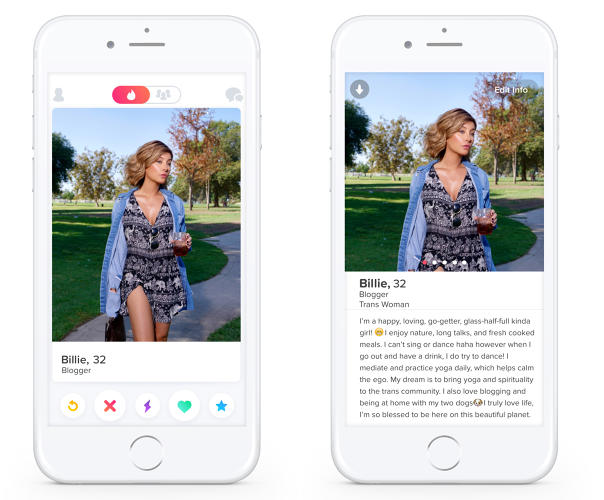
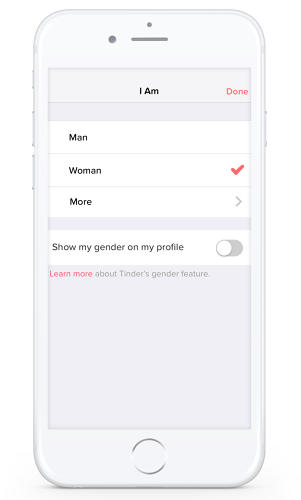

Fast Company , Read Full Story
(91)

